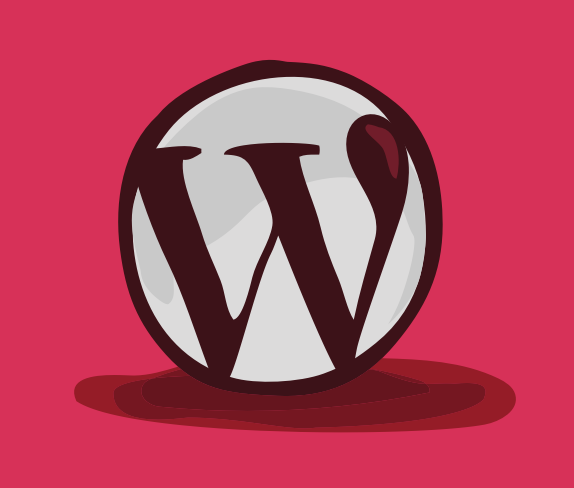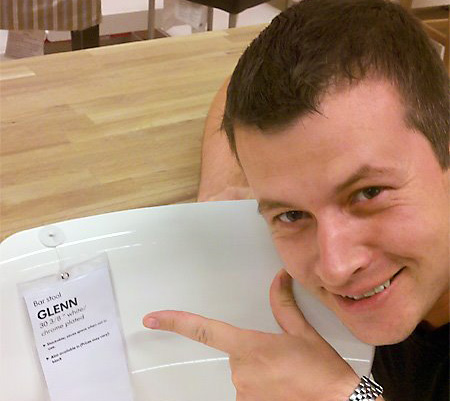Creating A WordPress Theme will show you how to convert your HTML/CSS design into a WordPress website. You’ll also discover how to set up a local development environment,and add WordPress tags to your design.
About This Course
By the end of the course, you will understand which WordPress tags are needed to translate your HTML/CSS design into a website that takes advantage of WordPress content management features including posts, pages, and plugins.
This course will teach you how to install Wordpress locally and dive into the essential components of a WordPress theme. Specifically, you will learn the following: the role of the WordPress Loop, modifying a pre-existing stylesheet in order to enable WordPress features (such as a sidebar), using includes to speed up development time and adding WordPress-specific features such as navigation menus.
Course Outline
-
Chapter 1: Lesson Intro
In this chapter, you will learn why WordPress is the most popular content management system and explore its ecosystem of plugins and themes.
-
Chapter 2: Setting Up a Local Development Environment
In this chapter, you will learn how to install MAMP for Mac in order to create a local development environment. (Note that although this lesson uses a Mac for the examples, a guide to help Windows users install XAMPP is referenced.)
-
Chapter 3: How a WordPress Theme Works
In this chapter, you will learn the elemental components of a WordPress theme. Specifically, you will take a look at the required files for a theme (
index.phpandstyle.css) as well as template tags and conditional tags and how to best use the WordPress Codex for additional help. -
Chapter 4: The WordPress Loop
This chapter illustrates the role and importance of the WordPress Loop and walks through the steps of modifying it for tasks such as showing a single category on the home page, hiding a category, showing pages instead of posts, and more.
-
Chapter 5: Converting a Static HTML Page Into a Dynamic WordPress Template
In this chapter, you will begin diving into the core mission of modifying a pre-existing HTML page and related CSS styles in order to integrate them into WordPress. Specifically you will be building a main content section as well as a header and footer.
-
Chapter 6: The Hierarchical Structure of a Theme
Taking full advantage of WordPress' dynamic features means understanding the hierarchy of the available template files. Specifically, you will learn how to create a home page template as well as a page and post templates among others.
-
Chapter 7: Using Includes to Optimize Your Theme Development
Includes allow you to create a single file that can be used multiple times throughout a site. In this chapter, you will learn WordPress-specific functions that allow you to reuse template files such as a header, footer, and sidebar.
-
Chapter 8: Adding to Your Theme
This final chapter walks through a number of techniques to improve the functionality and practicality of your theme. Topics covered include how to include a menu, how to include comments and search results, as well as the process of using WordPress enqueue scripts in order to prevent conflicts with future implementations of your theme.
Prerequisites
- Basic to Intermediate competency with HTML and CSS
- Knowledge of inspecting code with browser developer tools is highly recommended, although not mandatory.
- This course assumes introductory-level experience with WordPress. At a minimum, understanding the difference between pages and posts, as well as how to modify them is required.
Software Requirements
- Mac or Windows desktop or laptop
- A text editor (We suggest Visual Studio Code, it’s free, and available for Mac, Windows, and Linux)
- Google Chrome web browser

